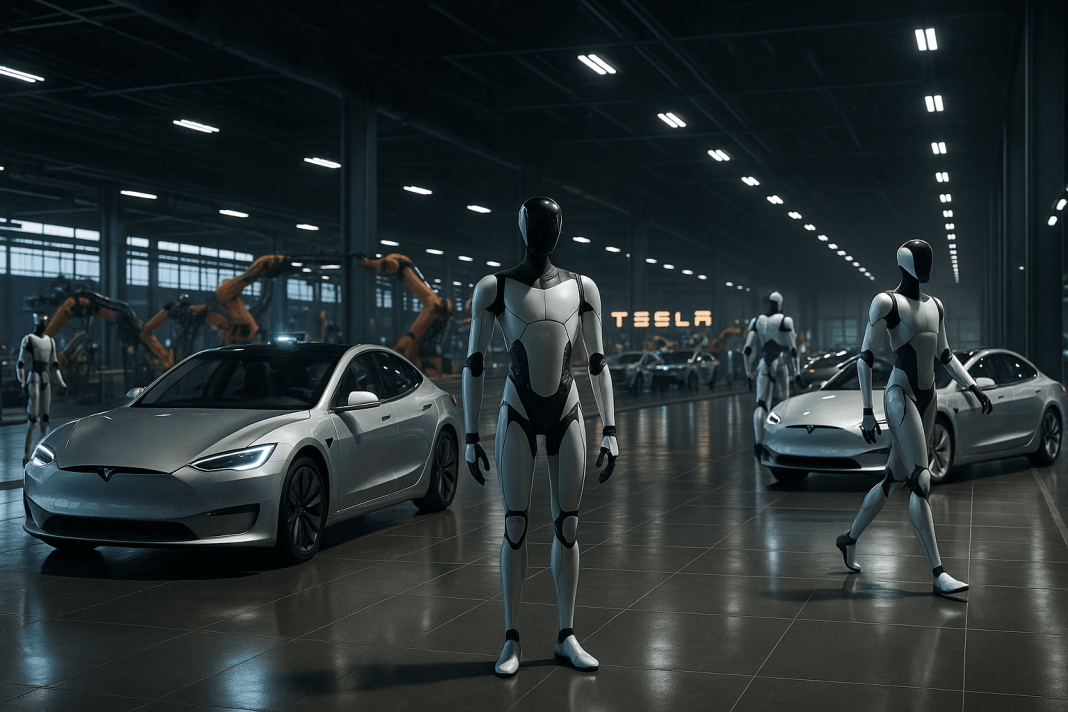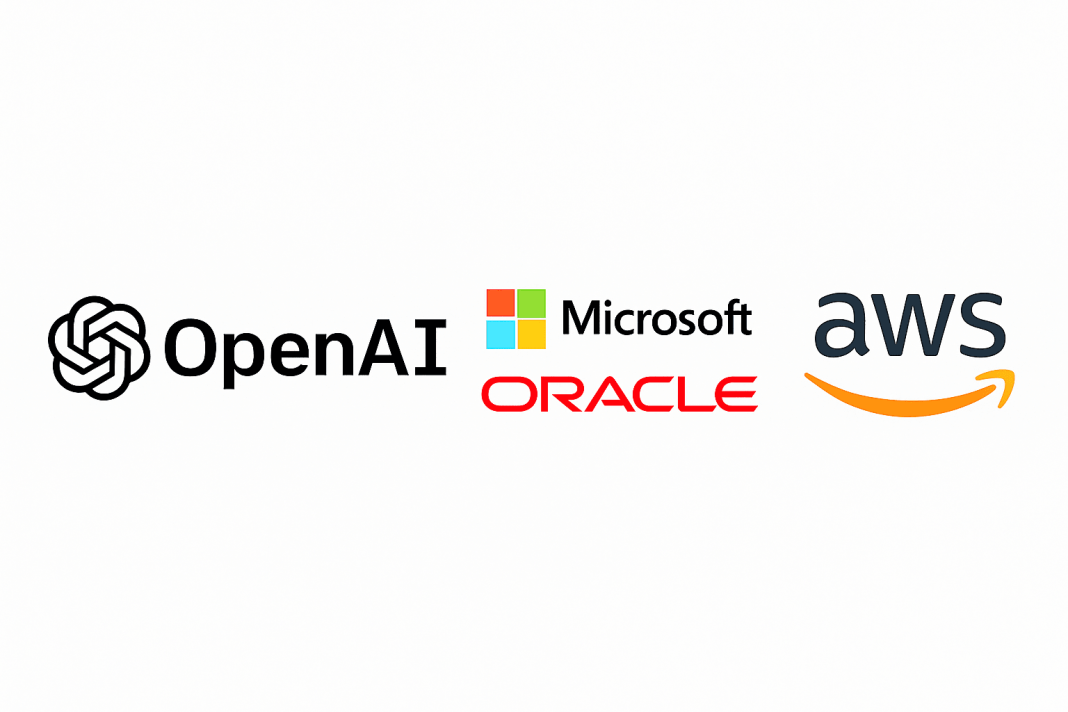The Tesla pay package has become one of the most talked about compensation decisions in corporate history, signaling Tesla’s bold ambitions in artificial intelligence, robotics, and next generation electric vehicles. During Tesla’s recent shareholder meeting, investors voted to approve a compensation structure for Elon Musk valued at up to $1 trillion, contingent on long term performance milestones that could redefine the company’s trajectory and technological influence.
Tesla supporters celebrated the decision as an investment in visionary leadership, while critics questioned the risks of concentrating so much control and value in one individual. Understanding the details of the compensation deal reveals where Tesla believes the future of industry is headed and what it will take to dominate it.
Tesla Pay Package and Shareholder Approval
Tesla shareholders voted with an estimated 75% support to approve the compensation plan. The decision took place in Austin, Texas, where Tesla has relocated its corporate headquarters. The atmosphere at the meeting was celebratory, with supporters arguing that Musk’s involvement is indispensable to Tesla’s strategic direction particularly in AI and autonomous driving technologies.
The package itself is not a traditional salary plan. Musk receives no guaranteed salary or bonuses. Instead, his compensation comes in the form of stock options that unlock only when Tesla hits a series of ambitious operational and market value milestones. Tesla’s board and many analysts say this structure ensures performance alignment: Musk is compensated only if Tesla’s value and capabilities grow significantly.
The company had faced earlier legal challenges, specifically regarding a similar 2018 compensation plan that was overturned by Delaware courts, which cited governance concerns. By moving corporate incorporation to Texas, Tesla positioned itself to pursue the new version of the plan with different regulatory oversight.
Tesla Pay Package Financial Stakes
If all performance conditions are met, Musk’s potential earnings could exceed $1 trillion in stock value, which would make him the first trillionaire in recorded history. However, these milestones require dramatic company growth far beyond current levels.
Tesla’s market valuation today is roughly $1.4 trillion, already placing it among the world’s most valuable companies. Yet the compensation plan ties milestones to achieving a market capitalization of approximately $8.5 trillion more than many national GDPs.
Investors who support the plan argue that Musk’s leadership directly drove Tesla’s rise from a niche EV startup to a global industrial powerhouse. Critics argue that the company’s recent financial performance marked by fluctuating vehicle sales and increased competition raises concerns about whether such unprecedented growth is realistic.
Still, historical patterns suggest Musk thrives when facing seemingly impossible targets. It is this dynamic optimism versus risk that now shapes investor perception.
Tesla Pay Package Strategic Goals
The compensation package is tied to measurable corporate achievements rather than general market momentum. These milestones include:
-
Scaling production to 20 million electric vehicles annually
-
Deploying 1 million autonomous Robotaxi units
-
Producing and commercializing humanoid Optimus robots at scale
-
Advancing Tesla’s AI training systems and in house supercomputing infrastructure
This represents a shift beyond the automotive market. Tesla’s future identity is poised to evolve from electric vehicle manufacturer to robotics, autonomy, and AI systems leader.
To explore Tesla’s AI initiatives, visit the company’s official research overview at tesla offcial site.
This strategy indicates that Tesla sees autonomous mobility and robotics as trillion dollar markets where first mover advantage could reshape industries from transportation to home labor assistance.
Tesla Pay Package Controversies
Despite shareholder approval, not all investors or analysts are convinced. Several major institutional investors, including Norway’s sovereign wealth fund, voted against the plan. Their concerns include:
-
The concentration of corporate power in one individual
-
Reduced oversight from Tesla’s board
-
Potential distraction from Musk’s involvement in other ventures such as SpaceX, Neuralink, and X (formerly Twitter)
-
Short term pressures conflicting with long term operational stability
Additionally, Tesla faces regulatory scrutiny regarding self driving safety claims and ongoing investigations into Autopilot related accidents. Some critics argue that awarding a historic compensation package during such challenges may send the wrong signal regarding priorities.
Meanwhile, supporters claim Musk’s ambitious vision is precisely why Tesla maintains a lead in EV and AI markets and that losing him would be far more costly.
Future of the Tesla Pay Package
What happens next will depend on Tesla’s ability to execute on long term innovation goals. Musk has indicated that autonomous robotics especially the Optimus humanoid may eventually surpass vehicles as Tesla’s primary revenue driver. He has described a future where humanoid robots perform everyday tasks in homes, factories, and public systems.
Competitors such as Waymo, Rivian, BYD, and legacy automakers are also developing increasingly advanced electric and autonomous platforms. Tesla’s challenge will be not only to innovate first, but to scale faster and at lower cost.
For readers exploring broader EV trends, see our internal guide to industry growth: The UK Electric Vehicle Growth: Trends and Hurdles
Whether one views the deal as bold leadership or excessive compensation, its approval marks a pivotal moment. Tesla has tied its future to technological transformation powered by AI, autonomy, and robotics and to the individual who has driven its identity for over a decade.
The next decade will determine whether these ambitions pay off or become cautionary lessons in corporate risk and visionary overreach.



